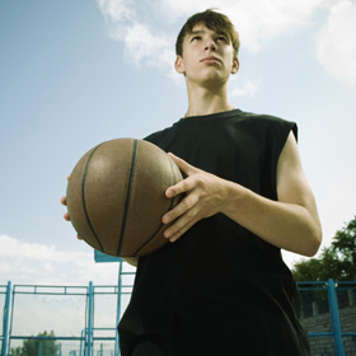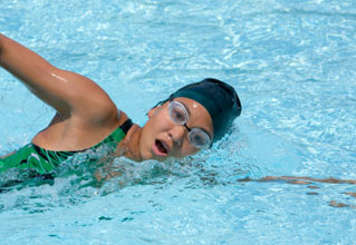Regular physical activity is important for staying healthy, but it is even more important for keeping a healthy body weight after transplant, especially if you are taking immunosuppressants (anti-rejection medications) that can increase your appetite.
Before you had your transplant you might have felt weak and tired and may have had to limit your physical activity. However, regular physical activity is important for staying healthy and keeping a healthy body weight after transplant, especially if you are taking immunosuppressants that can increase your appetite.
Top five reasons to exercise regularly when you have a transplant
- You will have more energy.
- You will have stronger muscles and bones.
- You will feel better about yourself, especially as you start to become fitter and better able to do your exercises.
- You will help to keep your weight in check, especially if you are on
prednisone.
- You will live longer.

How soon can I start exercising after receiving a transplant?
It will take you about six weeks to fully recover from liver transplant surgery.
From about a week after you receive your transplant, you can do gentle aerobic exercise such as walking. Over time, you can slowly increase the amount of walking or add other light activity each day, such as light chores around the house. However, don’t lift anything heavier than a bag of milk. You need to protect your body while it recovers.
After about three weeks, you can move on to more energetic activities if you feel up to them. Avoid heavy lifting, pushing or pulling until six weeks after your transplant so that you don't tear your incision (the wound from your surgery).
Usually, after six weeks, you can resume normal exercise and physical activities. Ask your transplant team if you can take part in contact sports such as hockey, football or boxing.
Your physical activity routine
As you return to regular physical activity, your routine should include:
- daily aerobic, or “cardio”, exercises such as walking up stairs, running, cycling or playing soccer – these will get your heart and lungs working well
- weight-bearing exercises such as walking or, after a few weeks, lifting light weights (at least three times a week) - these exercises will make your muscles and bones stronger.
How to exercise safely
Build up your exercises gradually – don’t expect to reach your goals all at once.
Always take time to warm up and cool down to prevent injury and listen to your body if you feel tired or sore.
If you have intense pain or shortness of breath, stop exercising right away and get advice from your transplant team or family doctor.
If your medicines have caused your bones to become a lot weaker, you may need to stop or cut back on some activities to prevent injury. Speak to your transplant team or your physiotherapist if this applies to you.

Remember, the best exercise is one that you will actually do!
If the thought of exercising for an hour a day puts you off, start by thinking of the type of exercise you are interested in. If you like walking, you might want to start by walking more, taking a longer route to school or walking the dog in the evening.
Some people find it easier to be active by joining a class and exercising with other people. Others already have a type of exercise they enjoy such as swimming or tennis. Think about what you like doing so that exercise stays interesting!
If you decide to try a new activity, give it your best shot, but if you hate it after a few tries, it’s ok to try something else. You could make a rule that you can’t quit one thing until you decide what activity you will do instead and when you will start it. Remember, exercise is supposed to be fun!
For more ideas, take a look at Health Canada's
physical activity tips for 12- to 17-year olds.
Staying hydrated as you exercise
If you are exercising and sweating, you will be losing more fluid than normal through your skin. To reduce the risk of dehydration – hint, if you feel thirsty, you are already dehydrated! – drink more fluids during exercise than you would drink usually.
A useful guideline is at least 2 cups (500 mL) more than your usual amount. You may need to increase this if you are exercising vigorously or for long periods of time.
Goal setting and exercise
Whatever type of exercise you try, create some goals to keep you motivated. Talk to your transplant physiotherapist about setting goals for physical activity.
One way to help with goal setting is to use a pedometer. This is a device that you can wear on your arm or attach to your pants to count how many steps you take every day. A general recommendation is 10,000 steps. This sounds like a lot, but, with regular physical activity, this goal is often easier to reach than you think!
You might also find this
goal-setting template useful, especially if you check off your goals as you achieve them.






